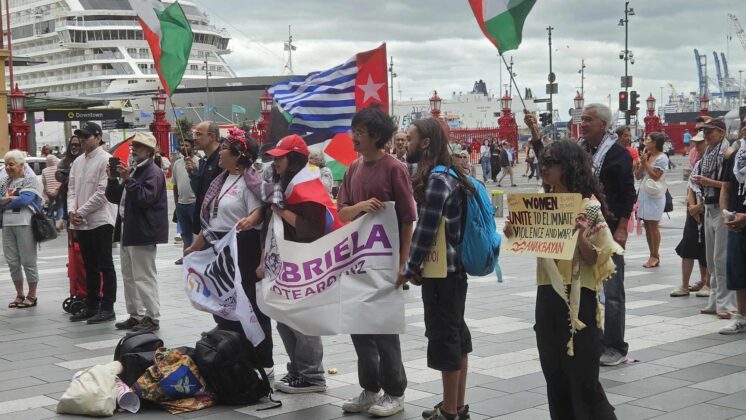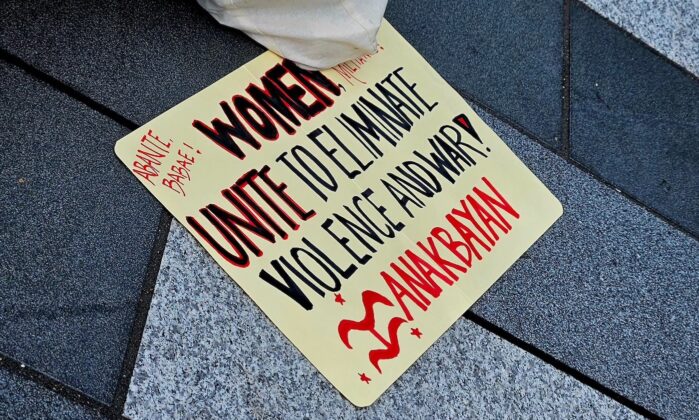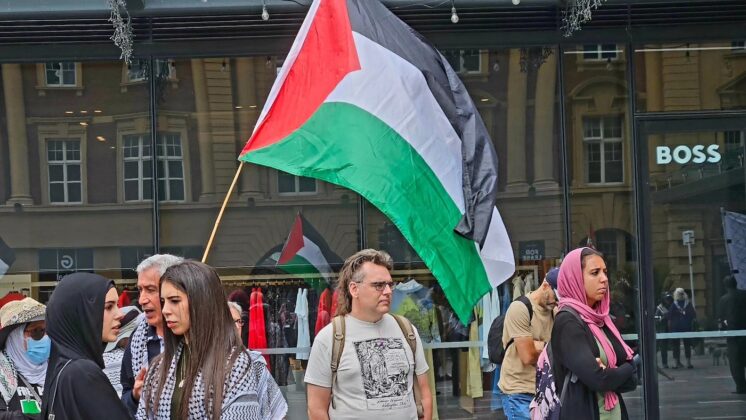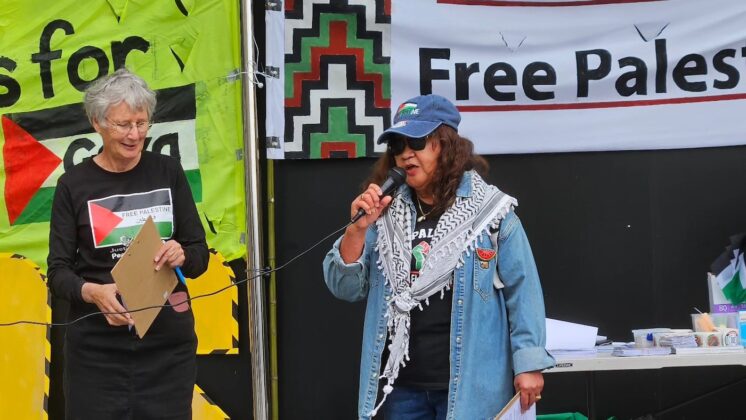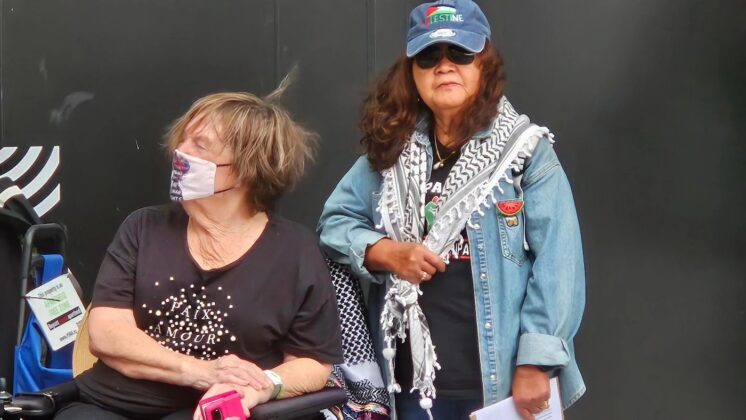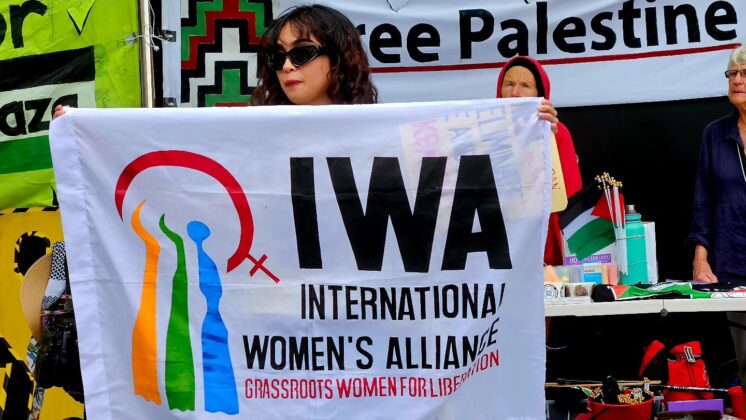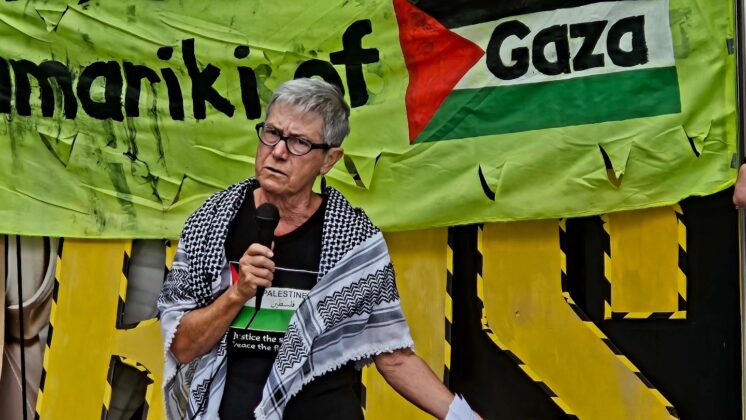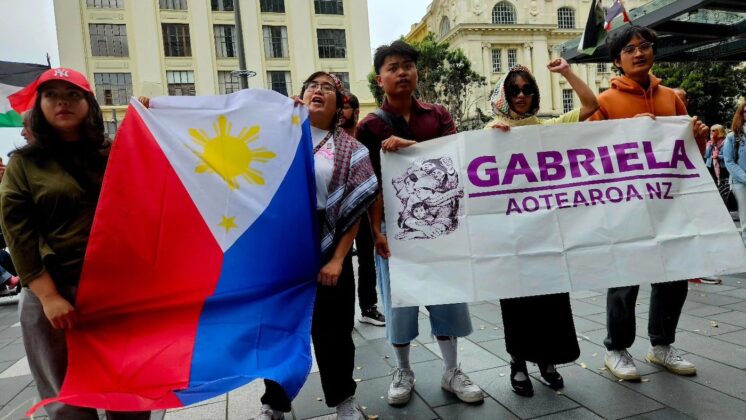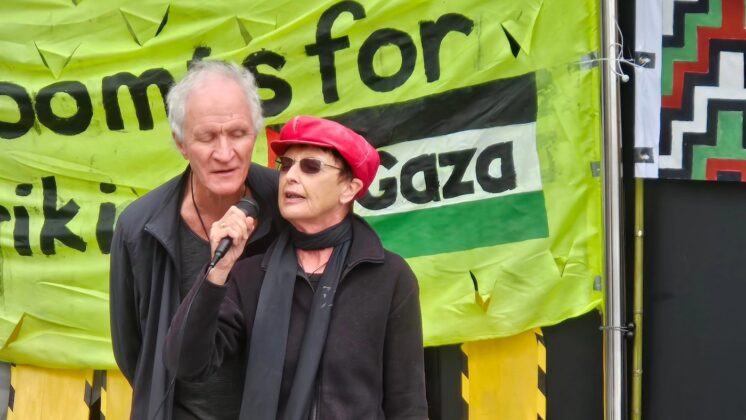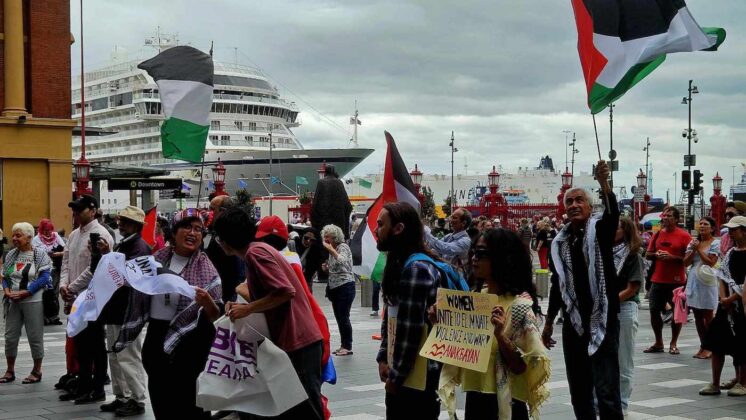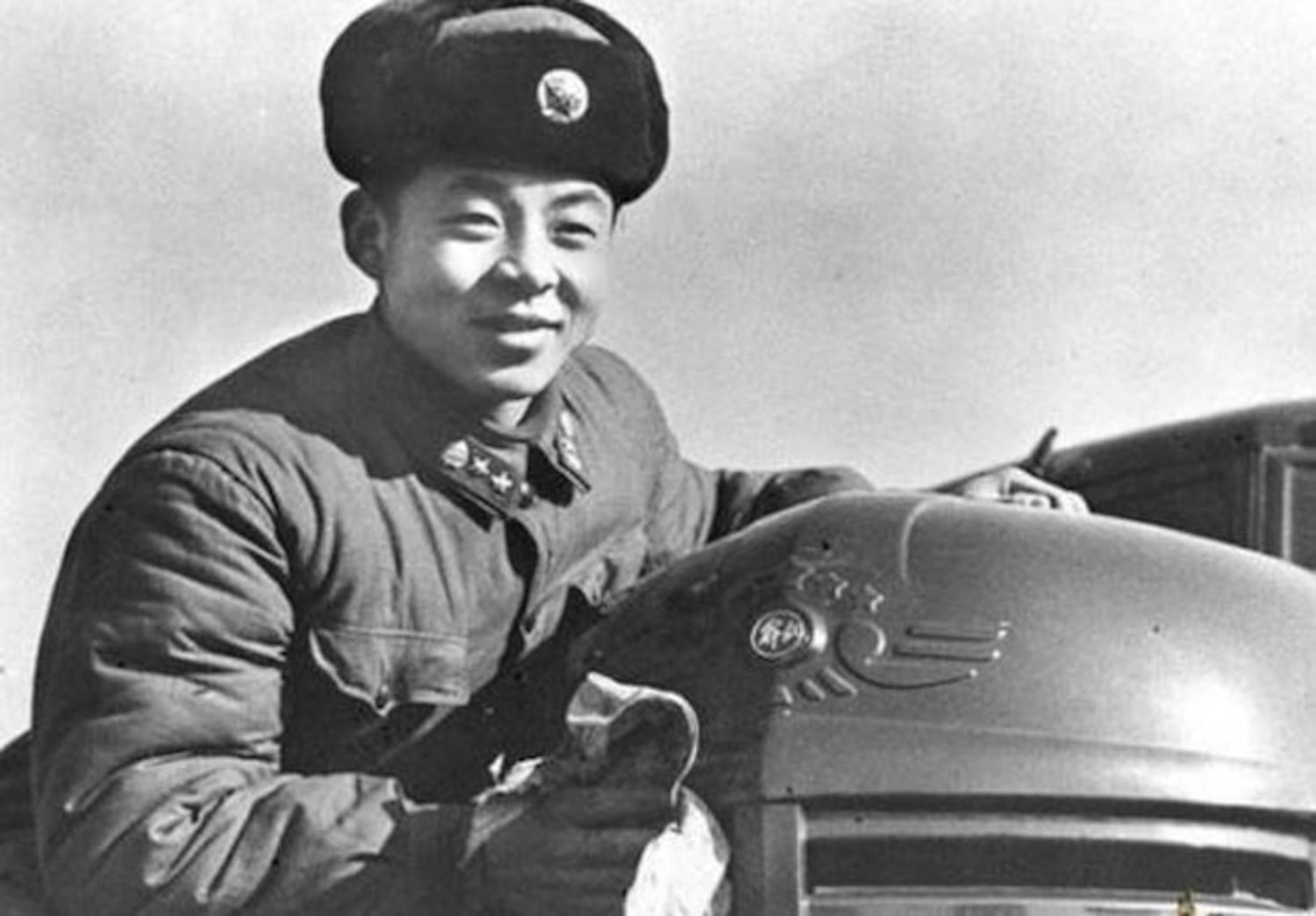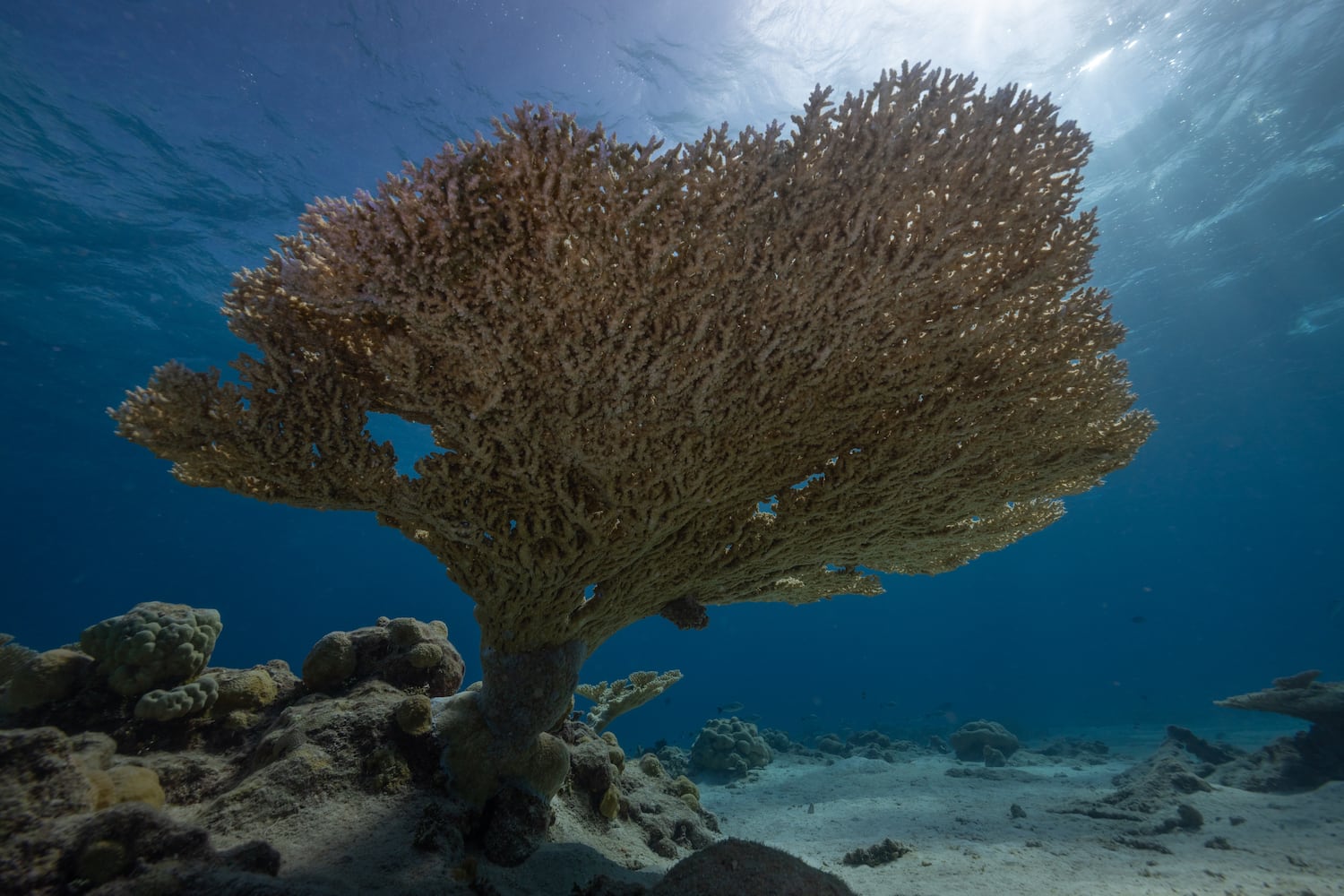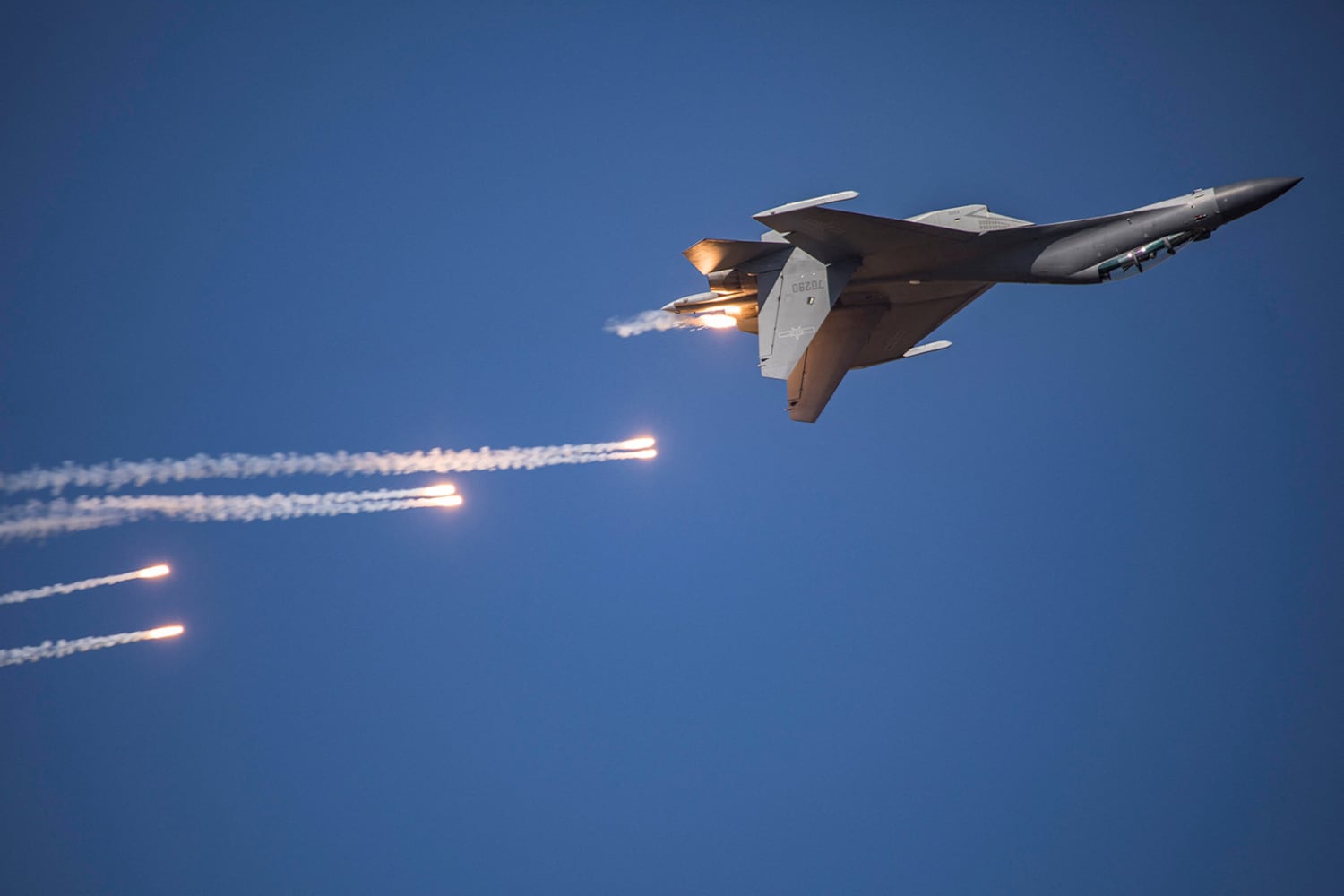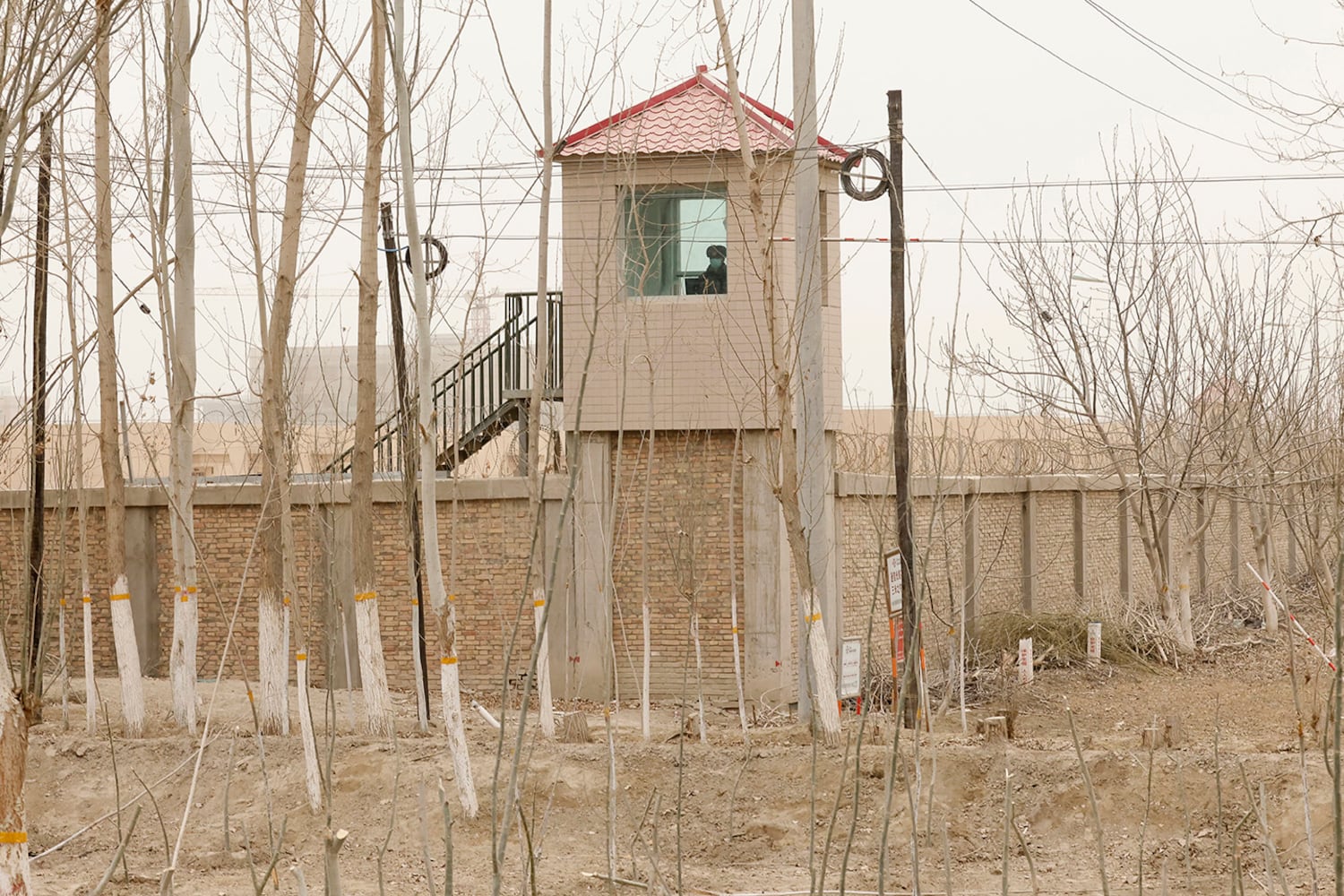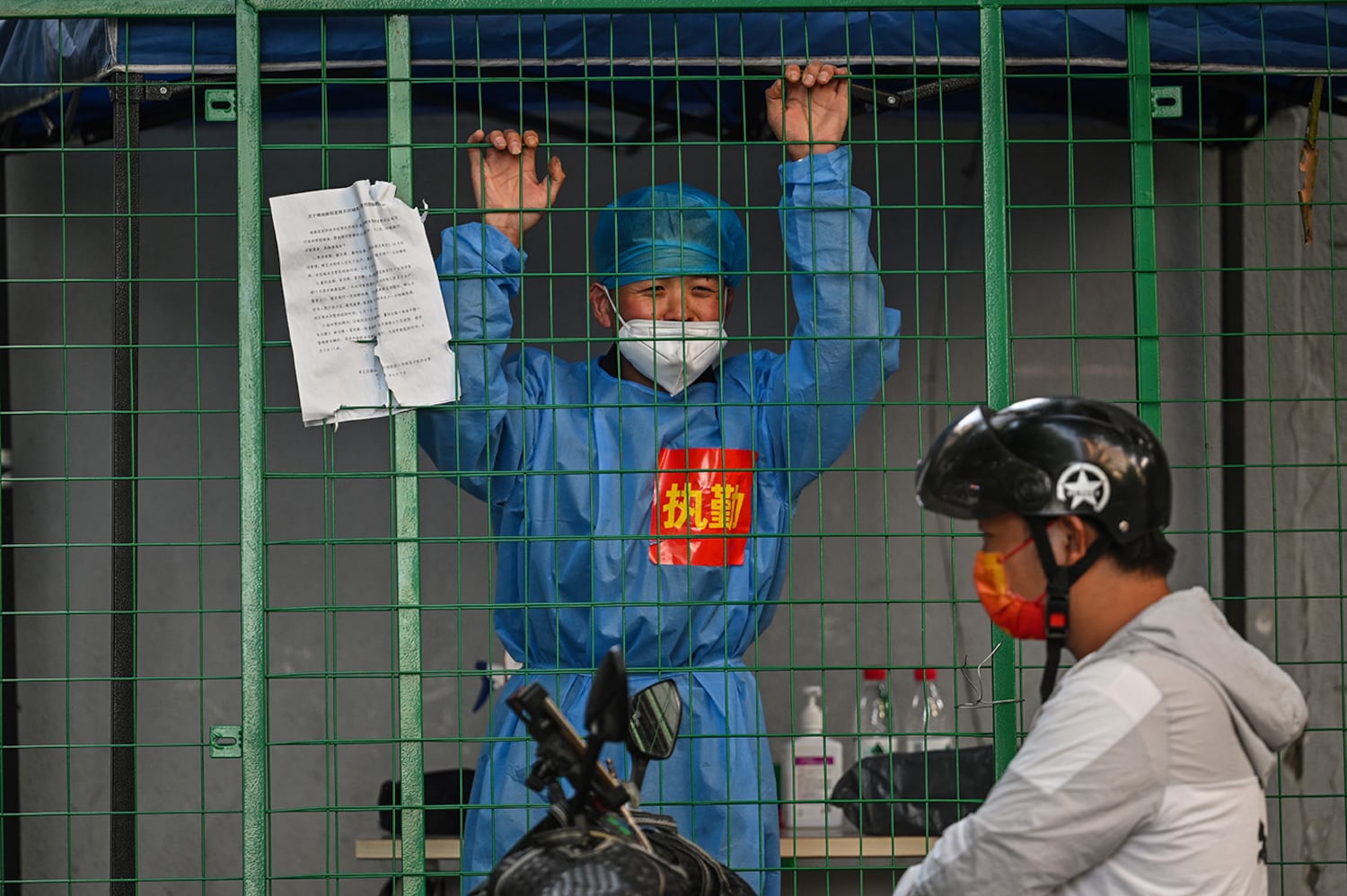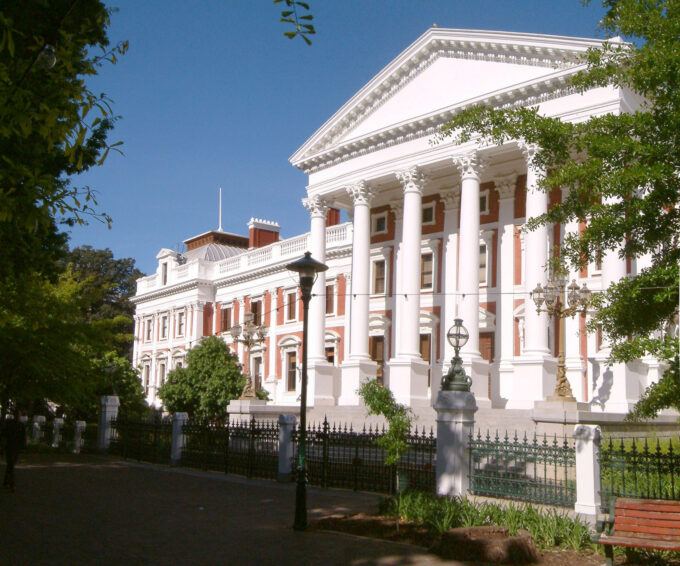





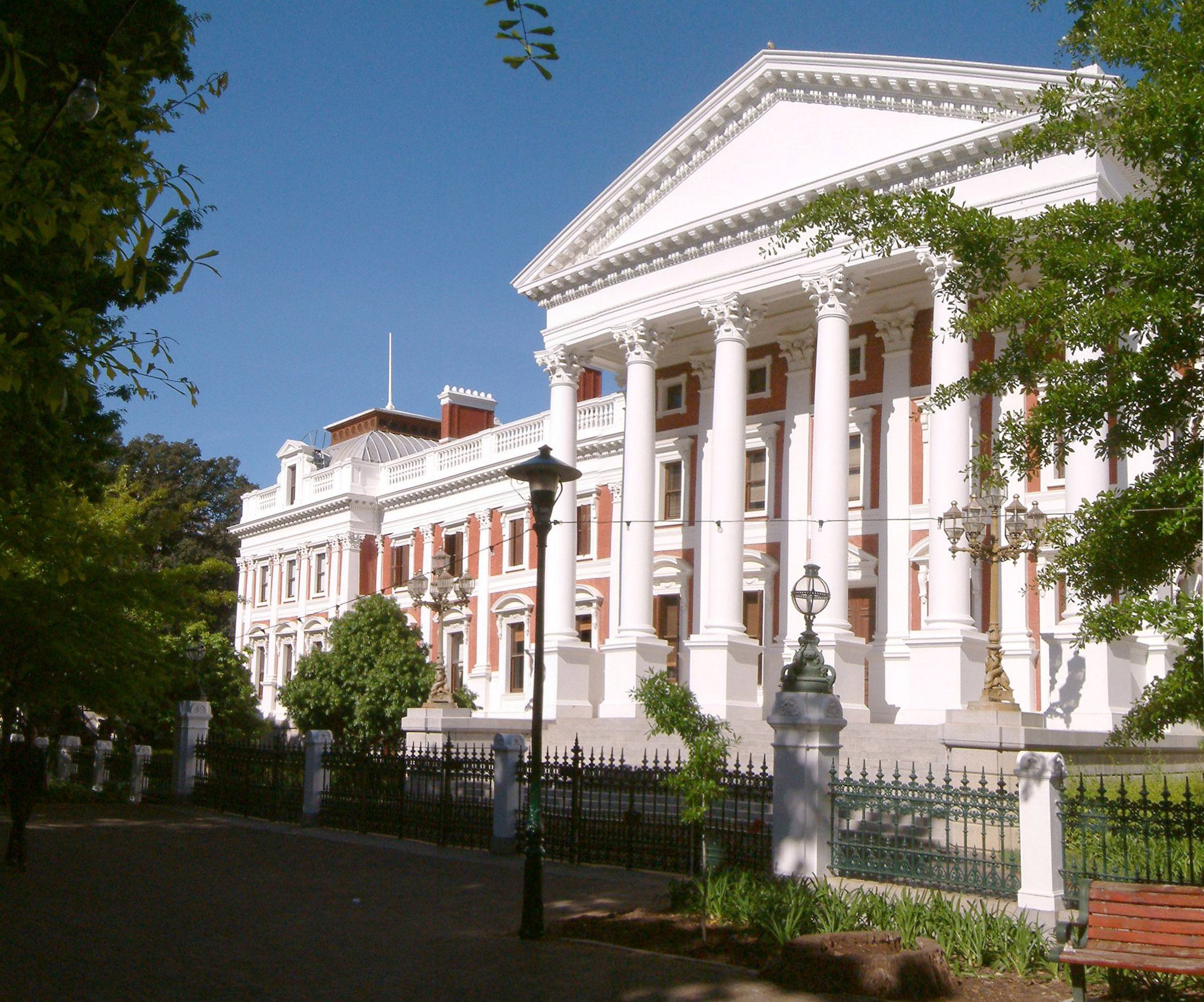
























































Houses of Parliament (Cape Town, South Africa). Photograph Source: I, PhilippN – CC BY-SA 3.0
There is no discourse in South Africa more ancient, more unresolved, and more weaponised than that of land. The passage of the Expropriation Act in South Africa has set the air thick with tension, a moment that peels open the past to reveal its jagged edges. A history that never ended, only submerged beneath the language of legality and market transactions, is once again clawing at the present.
The land is not just dirt and fences—it is memory, survival, identity and belonging, resistance, dispossession of labour, the looting of minerals, and the establishment of racial capital. It is the primordial question—older than the Republic of itself.
On 23 January 2025, President Cyril Ramaphosa signed the controversial Expropriation Act 13 of 2024 into law. Like the screech of rusted gears grinding against time’s stubborn wheel, the Act has sent a raucous clatter through the nation and beyond—its champions hailing it as long-overdue justice for stolen land, its detractors warning of economic ruin, while distant powers, draped in their own self-interest, tighten their grip, their protests echoing not in the name of principle, but of privilege.
The Act, replacing its apartheid 1975 predecessor, is no mere legislative housekeeping. It is the state’s uneasy reckoning with a history of plunder—a tentative attempt to confront the theft that built South Africa’s economy, the dispossession that cemented its class hierarchies. Yet, as the ink dries, old ghosts stir. Who truly benefits? Who is left behind? And what of the landless, for whom restitution has remained a vanishing horizon, a promise deferred by bureaucracy and broken by politics?
At its core, the Act seeks to bring the law in step with the Constitution of the Republic of South Africa, 108 of 1996, aligning the legal framework with the imperatives of land reform. It corrects the lingering contradictions between the outdated Expropriation Act and Section 25 of the democratic constitution, which speaks of expropriation in the public interest, the just terms of compensation, and the broader commitments of a nation still struggling to unshackle itself from its past. The Act echoes previous iterations—2015, 2018—bearing the scars of legislative battles, the residue of failed consultations. It insists: expropriation must not be arbitrary; compensation must be just.
Yet, as the legal scaffolding is erected, the fundamental question remains—does the law merely refine the mechanics of ownership, or does it reimagine justice itself?
Since the arrival of Jan van Riebeeck and the Dutch East India Company in 1652 on the shores of Southern Africa, the story of South Africa has been one of land, conquest, and capital. The first wars of dispossession began with the violent subjugation of the Khoi-San, their ancestral land carved up for Dutch settlers who spread inland, waging battles of expansion.
As they moved eastward, they met fierce resistance from the Xhosa, who for a hundred years fought a series of wars against colonial encroachment. The Xhosa stood as one of the longest-lasting obstacles to settler domination, pushing back against British and Boer forces in a struggle that shaped the landscape of resistance. Yet, even as these wars raged, the British tightened their grip on the Cape, and tensions between white factions deepened—Boers, losing their cheap slave labour, trekked north to claim new territories, leaving a trail of blood and conflict.
Despite their divisions, settlers were bound by a shared imperative: the extraction of land and labour at the expense of the indigenous majority.
The discovery of minerals in the late 19th century marked a turning point, shifting South Africa from an agrarian society to an industrial economy fuelled by forced native labour. Capital’s hunger for wealth deepened racial segregation, culminating in the Anglo-Boer Wars, where white capital fought itself before ultimately uniting. In 1910, the Union of South Africa was formed, excluding native South Africans from political and economic power. This exclusion was cemented in 1913 with the passing of the Natives Land Act, which stripped natives of land ownership, confining them to impoverished reserves with the Native Trust and Land Act of 1936 and into “tribal” boundaries called homelands by the Bantu Authorities Act of 1951. The foundation for apartheid had been laid—not just through law, but through centuries of war, theft, and the relentless logic of capital.
The new Expropriation Act of 2024 attempts to pull South Africa’s legal framework closer to the constitutional imperatives of Section 25—the so-called property clause. The legal fiction of “just and equitable compensation” introduced in the Act is an attempt to balance constitutional propriety with the pressure of historical injustice. But whose justice? And what is equitable in a country where land was not bought but taken?
To date, land reform has largely been cosmetic, measured in hectares redistributed rather than in the dismantling of agricultural monopolies or capital structures. The state has danced cautiously around the issue, unwilling to provoke market unrest or dislodge the deeply entrenched privileges of the white agrarian elite. And so, the Expropriation Act emerges as both a promise and a limitation.
The Act permits expropriation in the “public interest,” a term rooted in the Constitution but destined to be contested in courts for years, entangling the process in legal bureaucracy. While the Act provides a framework for expropriation with and, in limited cases, without compensation, it does not fundamentally alter the state’s cautious approach to reclaiming large tracts of unused, unproductive, or speculatively held land. Instead, it remains tethered to negotiation, reinforcing a slow and measured redistribution. The Act acknowledges the rights of unregistered land occupiers, yet recognition alone does not guarantee security or restitution—leaving many still at the mercy of protracted legal and administrative processes.
As argued before, for the nearly 60% of South Africans living off-register in communal areas, informal settlements, or Reconstruction and Development Programme (RDP) houses, the Expropriation Act of 2024 offers little more than a symbolic gesture. Without title deeds, their claims to land are not legally secured, yet their histories and lived realities are deeply embedded in it. If expropriation is not accompanied by a robust land administration strategy that formalises tenure rights for the dispossessed, it risks becoming another performance of reform rather than a transformative intervention.
The Act’s recognition of unregistered land rights is a step forward, but recognition alone does not equate to protection. Unless the expropriation process is integrated with a comprehensive land administration system to document the rights of unregistered occupiers, those most vulnerable to dispossession will remain in legal limbo. The enactment of a Land Records Act, as recommended by the High-Level Panel Report on the Assessment of Key Legislation (2018) and the Presidential Advisory Panel on Land Reform (2019), is essential to ensuring security of tenure.
Additionally, both panels proposed a National Land Reform Framework Act to establish clear legal principles for redistribution, restitution, and tenure reform. Rather than replacing existing laws, this framework would provide coherence by setting legal criteria for beneficiary selection, land acquisition, and equitable access. It would also introduce mechanisms for transparency, accountability, and alternative dispute resolution, including a Land Rights Protector. The Expropriation Act should not stand in isolation—it must align with these broader legislative efforts to ensure that land reform is not only legally sound but also meaningfully transformative.
Land, under capitalist relations, is not merely a resource—it is a commodity. Any attempt at expropriation without rupturing this logic is bound to be a compromised one. The Act, while acknowledging that compensation may, in certain instances, be set at nil, does not articulate a decisive framework for when and how this will occur, leaving these decisions to courts and policymakers. The absence of a robust redistributive mechanism means that expropriation may ultimately reinforce rather than disrupt market logic.
This is not mere conjecture. In countries like Zimbabwe and Venezuela, land reform initiatives were sabotaged by a combination of domestic elite resistance and international financial retaliation. In South Africa, capital has already signaled its intention to resist large-scale redistribution, with organizations such as AgriSA warning of economic collapse should expropriation be pursued aggressively. This fearmongering is not new. It echoes the same panic-driven narratives that were used to justify land theft in the first place.
Beyond South Africa’s borders, the passage of the Expropriation Act has triggered predictable reactions from Western powers. U.S. President Donald Trump, following a well-worn script of white minority protectionism, issued an executive order cutting aid to South Africa, claiming the law targets white farmers. The European Union has expressed “concern,” a diplomatic prelude to potential economic pressures. Additionally, the U.S. administration has threatened to revoke South Africa’s benefits under the African Growth and Opportunity Act (AGOA), a trade agreement that facilitates tariff-free exports to the U.S. market. Yet, even as these forces decry land reform under the guise of defending property rights, Trump’s administration has quietly extended refugee status to white Afrikaners, framing them as victims of persecution. This move—granting asylum to the descendants of colonial settlers while barring refugees from war-torn Middle Eastern and African nations—reveals the racialised logic underpinning Western foreign policy. These responses are not about human rights or democracy. They are about the continued assertion of Western interests in the Middle East and Africa’s resources, protecting economic and racial hierarchies that long predate the Expropriation Act.
International finance capital is already tightening its grip, with investment ratings agencies hinting at further downgrades should expropriation proceed in ways deemed unfavourable to the market. The South African state, historically timid in the face of international economic leverage, may find itself retreating into a defensive crouch, reducing expropriation to an instrument of negotiation rather than transformation.
The Expropriation Act has reopened historical wounds, but it is not, in itself, a radical break. Its success or failure will depend on political will, legal battles, and grassroots mobilisation. The Landless People’s Movement, shack dwellers’ organisations, and rural activists have long articulated a vision of land reform that centres the dispossessed rather than the property-owning class. Will the state listen? Or will it once again privilege legal technicalities over substantive justice?
For expropriation to mean something beyond legalese, it must be tied to a broader transformation of land relations in South Africa. This means:
+ Implementing a National Land Reform Framework Act, as proposed by the High-Level Panel and Presidential Advisory Panel on Land Reform, to set clear criteria for redistribution and beneficiary selection.
+ Recognising and securing tenure rights for the millions who live without formal documentation of their land occupancy.
+ Creating mechanisms for community-driven expropriation, where citizens can initiate claims rather than relying solely on the state’s discretion.
+ Dismantling the commercial agrarian monopolies that continue to hoard vast tracts of land.
Expropriation cannot be reduced to a bureaucratic procedure, a sterile legal exercise bound by the logic of the market. It must be a rupture—a deliberate act of redress, dismantling centuries of theft and exclusion. The state stands at a threshold: waver in hesitation, or grasp the weight of history and reimagine South Africa’s land ownership beyond the margins of negotiation. But history is restless. The dispossessed will not wait in endless queues of policy revisions and court battles. The land is calling—not for half-measures, not for another paper revolution, but for a reckoning that answers the injustice written into the soil.
The post South Africa’s Expropriation Act: Between Legal Reform and Historical Justice appeared first on CounterPunch.org.
This content originally appeared on CounterPunch.org and was authored by Sobantu Mzwakali.
This post was originally published on Radio Free.
